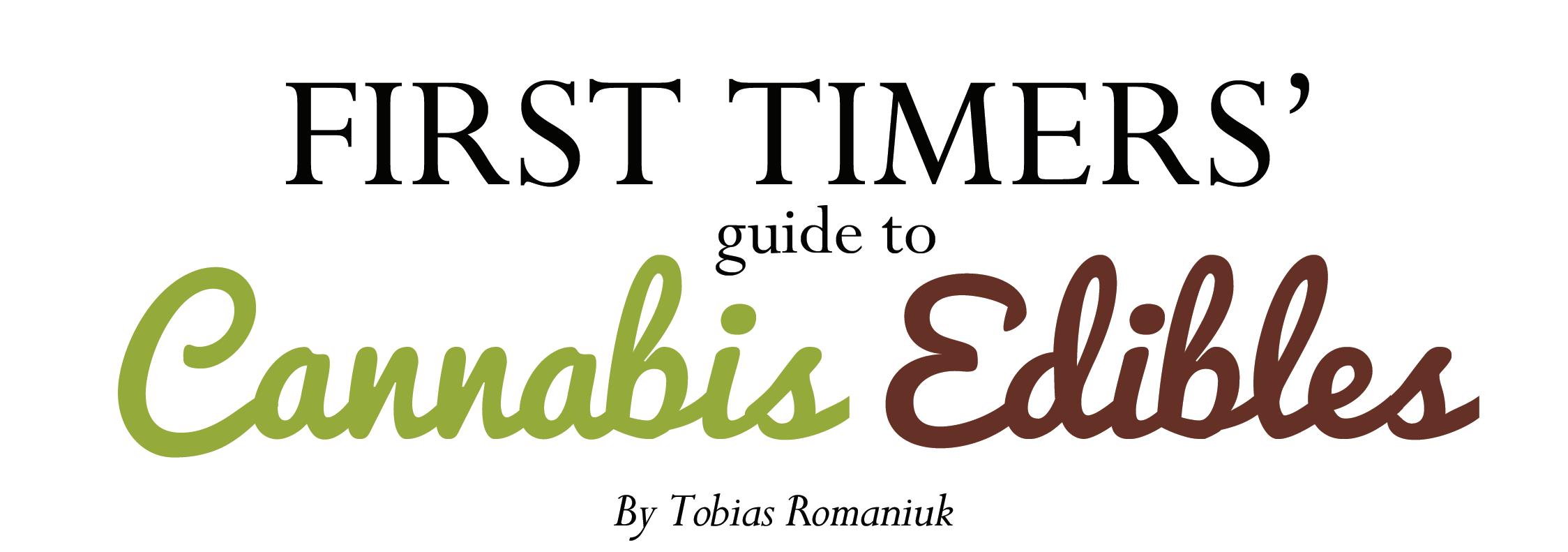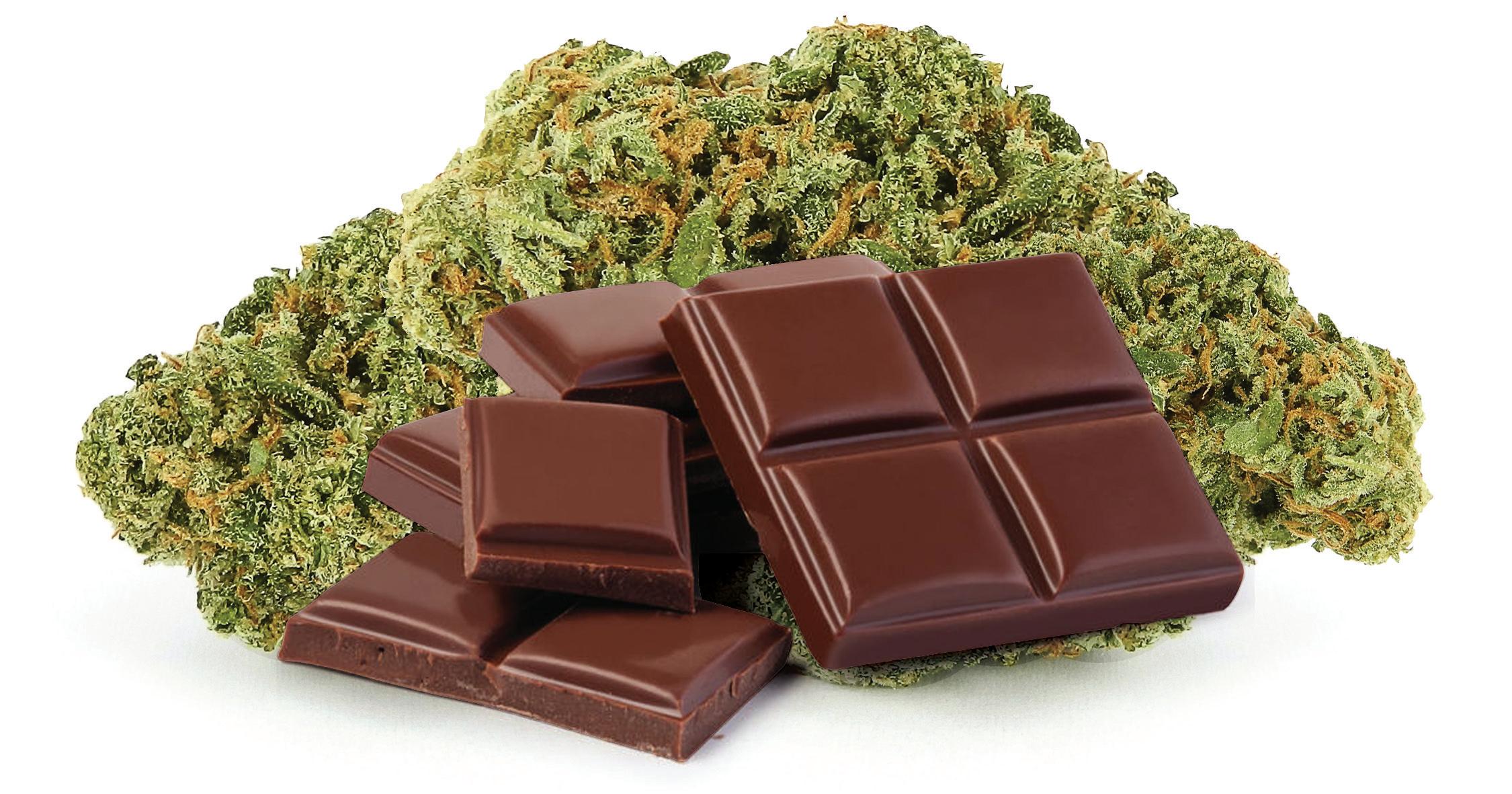
3 minute read
First Timers' Guide to Cannabis Edibles

Downhome Magazine October 2019
Curious about cannabis edibles?

Edible marijuana products –baked goods, so to speak – are set to become legal in October, with public availability expected by December. For all of you who remain weed-curious, but don’t want to inhale smoke or swallow a pill to get your buzz on, this is what you’ve been waiting for.

While details on product availability remains somewhat foggy – we’re not sure if there will actually be legal pot brownies for sale – companies like Canopy Growth, the parent company of weed retailer Tweed, has stated that they will have THC-infused chocolates for sale, as well as beverages. The choice to make mind-altering chocolates is somewhat apt, as Canopy Growth’s head offices in Ontario are in the former Hershey chocolate factory. With a bit of retooling and renovation, they are now putting the former candy factory to a, ahem, higher purpose. But aside from there being chocolates, the company is keeping exact details under wraps.
In St. John’s, NL, licensed cannabis retailer Healthy Vibe has met their share of first-time consumers. Although some of these customers may be old enough to remember the 1960s, they didn’t get “the ’60s experience” and, with legalization, they are now wanting to try cannabis. Salesperson Ainslee Gosse helps these customers with a gentle, understanding approach.
For a first-timer trying a cannabis edible, she says a cautious, slow approach is best – in part because it takes an hour or more to feel the effects of edible cannabis. Taking more because you don’t feel the effects can lead to the unpleasant experience of getting too high once the edible’s effects do kick in.
“The first time, if you get an edible, cut it in half and see where that takes you,” she says. The next time (not the same day) you can judge the effects and adjust your dose accordingly.
The way cannabis affects a person depends on several variables, including how your body metabolizes cannabinoids. Every person is different, and it’s important to remember that recreational use is about enjoyment: if it doesn’t feel good, don’t do it, and definitely don’t judge your consumption amounts based on another person’s consumption level. “People’s experiences with it are different,” says Ainslee.
Cannabis comes in two strains: indica and sativa. The sativa strain tends to be more cerebral, while indica affects the body. If you’re prone to anxiety or nervousness, indica may be a better option, says Ainslee, adding that this advice is meant purely for recreational enjoyment, not as medical advice.
As for the feeling of a cannabis high, it can be a bit hard to describe to the inexperienced. “It’s hard to explain it,” says Ainslee. “If it’s sativa or indica you’re going to get a completely different feeling. If it’s indica, you’re going to get a heaviness in your limbs; you’re probably not going to want to do a whole lot. I find with edibles, it really knocks me out. If it’s an indica, it makes me want to sit on the couch. The sativas are a more cerebral sort of deal, so it’s more in your head than it is in your body.”

Healthy Vibe is a recreational cannabis retailer, but many of their customers are looking to cannabis for its purported therapeutic benefits. If you fall into this category, it’s best to ask a medical professional about how cannabis products may alleviate what ails you.
The two common acronyms you’ll hear when talking about cannabis are THC and CBD. THC is the psychoactive component of cannabis – the stuff that gets you high. CBD is non psychoactive and is marketed as a way to reduce pain, amongst other things. If you eat a bit of CBD-only edible, you won’t get high at all.



